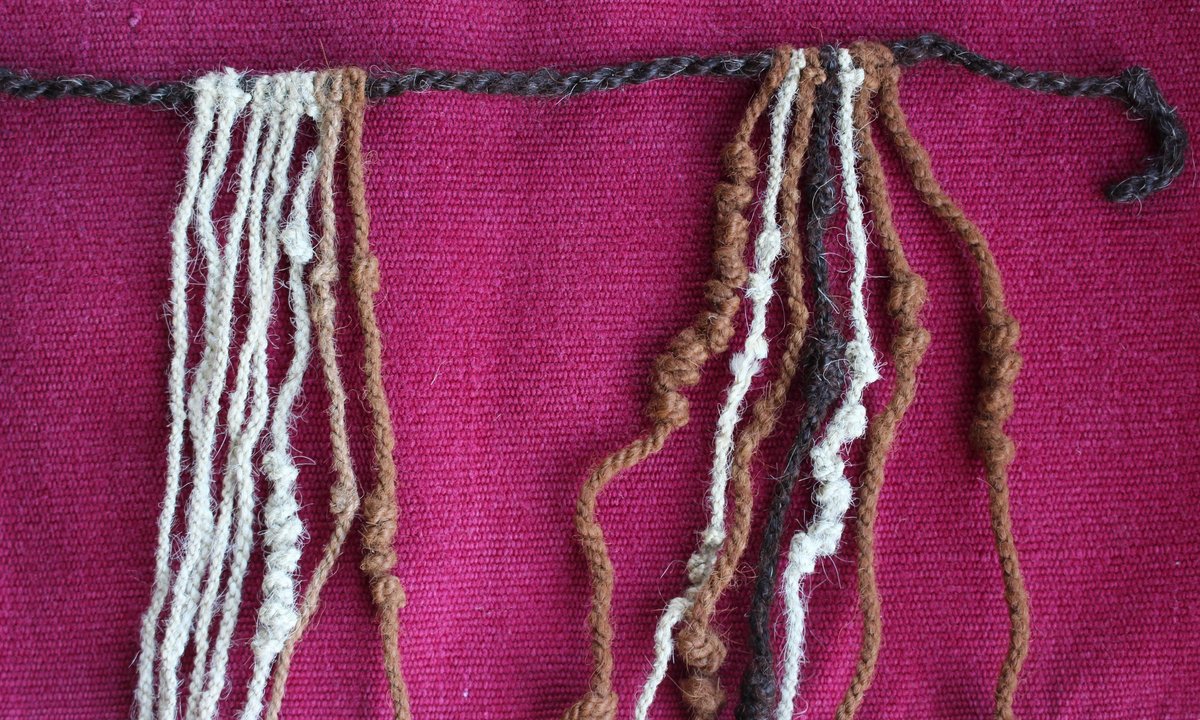
"These results were a massive surprise! When I sent in a sample of the human hair to the lab for analysis, I fully expected the results to reveal that this person had the diet of a very high-status person, dining on lots of meat and drinking lots of maize beer."
"So, it was a shock that this khipu-which is so beautifully and delicately made-was fashioned by a commoner."
"Now, Hyland and colleagues have used isotopic analysis to study human hair that was woven into one khipu around 1498 as a form of "signature"-a frequent practice among khipu weavers."
"This revealed that the individual had eaten tubers and greens, the diet of everyday people."
Research shows that khipus, traditionally thought to be created only by the elite in Inca society, may have been made by commoners. Analysis of human hair from a khipu dating to around 1498 indicated a low-status diet, consisting of tubers and greens. This contradicts earlier beliefs that only high-status individuals, consuming meat and maize beer, created these intricate woven objects. Isotopic analysis was used to study the hair, revealing significant insights about the creator. The findings have been published in the journal Science Advances and suggest a broader khipu literacy among the Inca population.
Read at The Art Newspaper - International art news and events
Unable to calculate read time
Collection
[
|
...
]